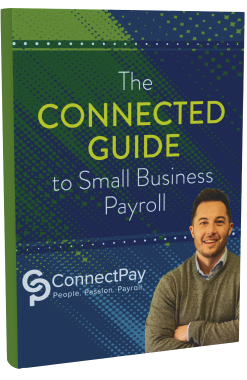CPAs & Open Enrollment: Your Advisory Role in Payroll and Benefits

As we head into the last few months of 2025, it’s once again time for open enrollment for your business clients’ employees. While this time of year brings an influx of year-end tax planning and financial strategy meetings for CPA firms, proactive advisors can also use open enrollment as an opportunity to deliver added value to business clients.
Why CPAs should be involved
Your clients may not realize it, but their benefit decisions directly affect their bottom line — and their payroll systems. When they change plans, adjust contributions, or introduce new perks, it triggers downstream effects that ripple through tax filings, withholdings, and employee compensation.
Health savings accounts (HSAs), flexible spending accounts (FSAs), 401(k)s, commuter benefits, and even wellness stipends all carry specific tax treatments. If not properly accounted for, they can lead to tax errors or missed deductions.
In addition, the Affordable Care Act (ACA) continues to require careful tracking for applicable large employers. Many small and midsize business owners aren’t fully up to speed on what they need to do to comply — and you’re in the perfect position to flag issues before they become costly mistakes.
How you can help your business clients with open enrollment
- Review benefit structures and tax implications. Your first move should be to sit down with your clients and review their current benefits offering. Are they maximizing tax-advantaged options? Are they aware of changes in contribution limits for 2026? (For example, 401(k) and HSA limits typically increase annually.) Make sure they understand how offering certain benefits, like dependent care FSA or group-term life insurance, can reduce their tax liability.
- Coordinate payroll and benefit systems. Changes made during open enrollment must flow cleanly into payroll. If clients are using separate vendors for payroll and benefits administration, this is a great time to audit those integrations. Even a simple benefits change like increased HSA contributions requires accurate reflection in payroll deductions starting January 1.
- Help clients stay compliant. Open enrollment is a checkpoint for ACA compliance, ERISA reporting, and nondiscrimination testing (especially for FSAs and 401(k) plans). CPAs can review whether clients are maintaining proper documentation, plan summaries, and eligibility tracking, especially for part-time or variable-hour employees.
For clients approaching 50 full-time equivalent employees, this is also the time to revisit whether they’re subject to ACA employer mandates. Flagging these issues now helps avoid penalties down the road.
- Advise on cost-effective plan options. If clients are considering changing providers or plan designs, you can provide financial modeling on how those changes will affect their costs and tax liabilities. You don’t need to be a licensed insurance broker to add value. Simply helping clients weigh the financial pros and cons of different structures can be of significant help.
- Assist with educating employees. Many small business clients don’t have dedicated HR teams. During open enrollment, they may rely on templated communications or vague benefits summaries. You can help them improve how they communicate benefits to employees by providing clear explanations of how certain benefits work, especially when it comes to pre-tax deductions, tax credits, and savings tools like HSAs.
CPAs are often only seen as number crunchers at tax time. Open enrollment gives you a perfect chance to flip that script. By stepping into a more strategic advisory role, you show clients that you understand not just their financials, but also their people and operations.






